A BIOS update makes your system more stable and expands compatibility for new hardware. However, in some cases, a BIOS update causes issues. Some users have reported that the audio stopped working after installing a BIOS update. If audio is not working after a BIOS update on your Windows 11/10 system, the solutions provided in this article will help you.

Fix Audio is not working after a BIOS update
Use the following suggestions if the audio is not working after a BIOS update on a Windows 11/10 computer:
- Perform a hard reset
- Run Audio Troubleshooter
- Roll Back the Audio driver
- Reinstall the audio driver
- Reset BIOS
- Perform a System Recovery (for HP computers)
- Reset your PC or perform a clean installation of Windows
All these suggestions are explained in detail below:
1] Perform a hard reset
First, hard reset your PC or laptop and see if it helps. The following steps will guide you on this:
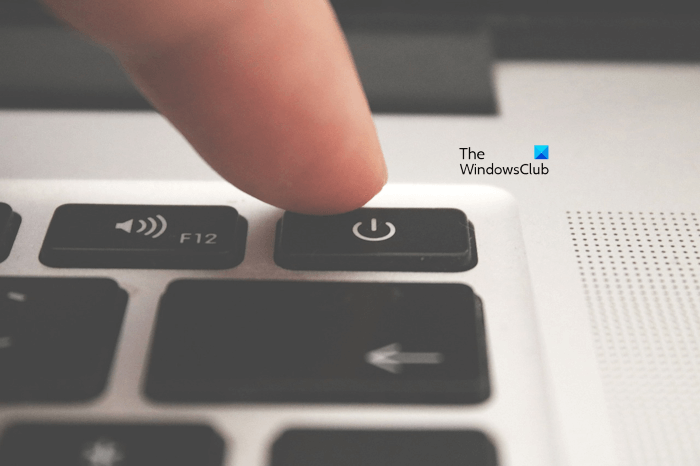
- Completely turn off your system.
- Unplug the power cord (in case of a PC) or charger (in case of a laptop).
- Remove the battery of your laptop.
- Press and hold the power button for up to 30 seconds.
- Reconnect the power cord and turn on your computer.
Now, see if the issue is fixed.
2] Run Audio Troubleshooter
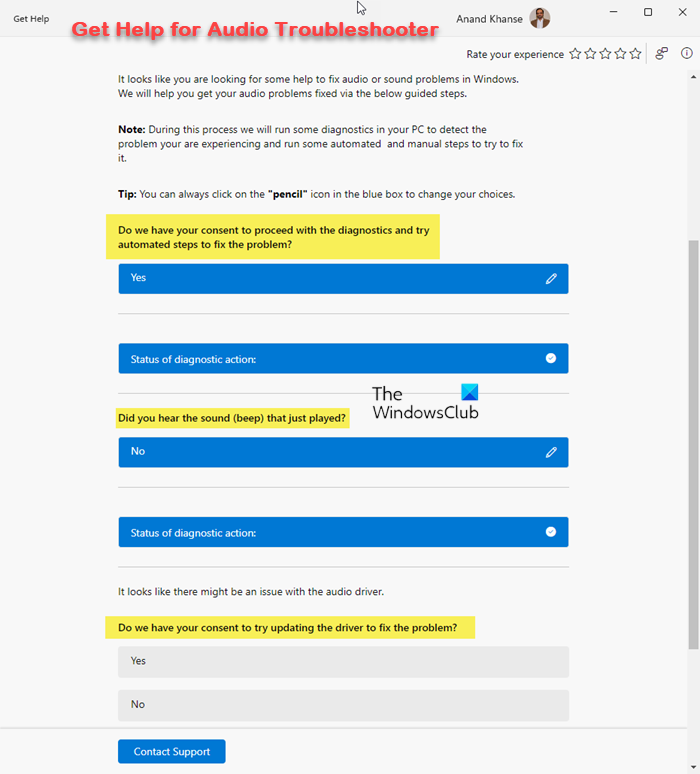
Audio Troubleshooter is an automated tool that helps fix sound-related issues on a Windows computer. I suggest you run the Audio Troubleshooter and see if it helps.
3] Roll Back the Audio driver
Rolling Back a device driver on a Windows computer installs its previous version. The Roll Back Driver option is helpful if you start experiencing issues with a device driver after installing a driver update.
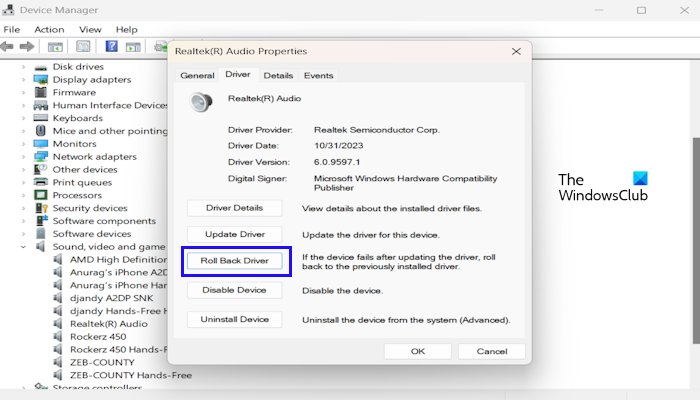
If your computer has retained the previous version of the audio driver, you can install it by using the Roll Back Driver option. The following steps will guide you on this:
- Open the Device Manager.
- Expand the Sound, video and game controllers branch.
- Right-click on the audio driver and select Properties.
- Now, go to the Driver tab and click on the Roll Back Driver button.
- Follow the on-screen instructions to roll back the audio driver.
The Roll Back Driver button is greyed out if Windows does not retain the older versions of your audio driver.
4] Reinstall the audio driver
If the issue still persists, reinstalling the audio driver can help. To reinstall the audio driver, follow the steps provided below:

- Open the Device Manager.
- Expand the Sound, video and game controllers branch.
- Right-click on your audio driver and select Uninstall device.
- Restart your computer or perform a scan for hardware changes to reinstall the uninstalled driver.
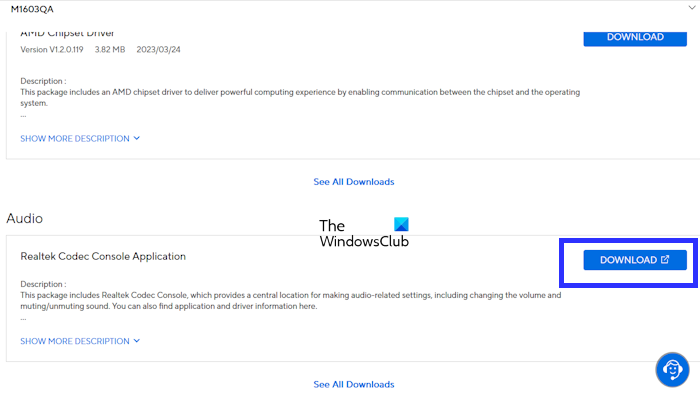
If this does not work, download the latest version of the audio driver from your computer manufacturer’s official website and install it manually.
5] Reset BIOS
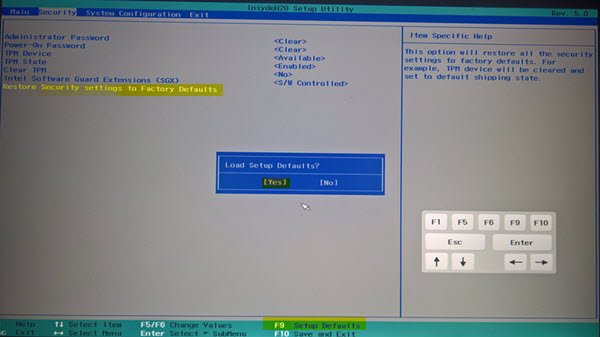
You can also try resetting the BIOS to its factory default settings. This can fix the issue. Before proceeding, note down all the settings you customized in your BIOS, so you can revert them after resetting the BIOS to the factory defaults.
6] Perform a System Recovery (for HP computers)
You can perform System Recovery to fix this problem if you are an HP computer user. To do this, you have to boot into the Windows Recovery Environment. The easiest way to enter WinRE is to restart your computer by pressing and holding the Shift key.
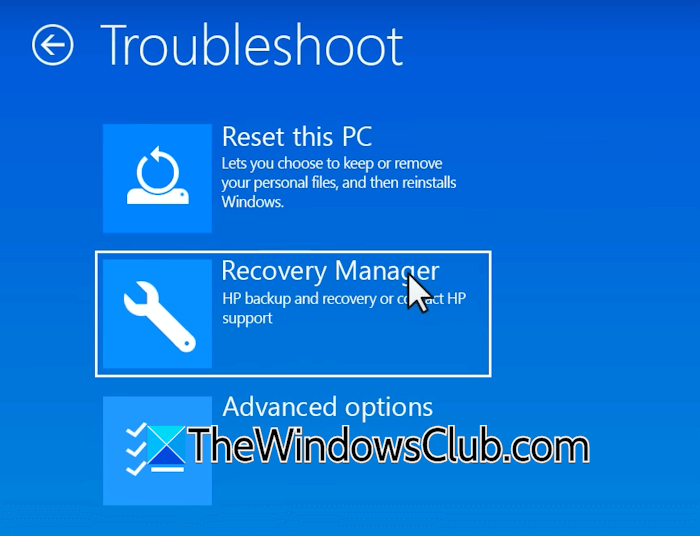
Before booting into Windows Recovery Environment, back up all your data to an external storage device because this step will erase all the data on your hard disk. Now, in Windows Recovery Environment, select Troubleshoot> Recovery Manager.
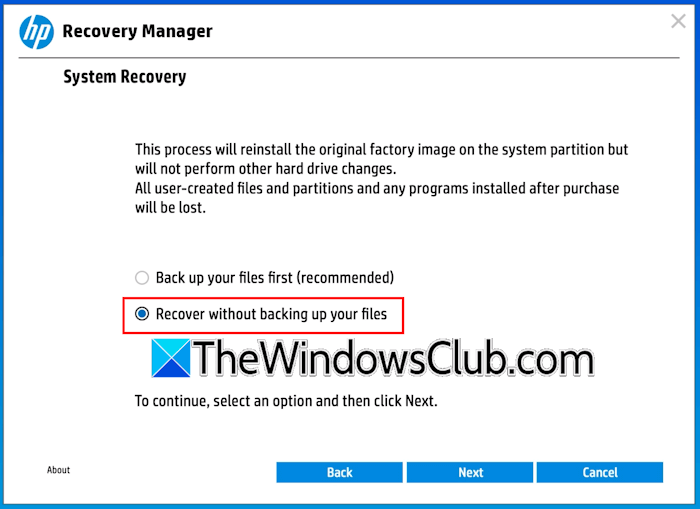
Select the Recover without backing up your files option and click Next. When the recovery process completes, click Continue to restart your computer.
7] Reset your PC or perform the clean installation of Windows

The last resort is to reset your PC without deleting data. While resetting your PC, select the option that says Keep my files to avoid your files from being deleted during the factory reset process. However, from a safety point of view, backup your data before proceeding.
If this does not help, you can perform the Clean installation of Windows. This should fix the issue.
Related posts:
Why is my sound not working after Windows Update?
Sometimes, a Windows Update causes issues. If your sound is not working after the Windows Update. that update might have messed up with your audio driver. Try to roll back the audio driver. If that option is greyed out, reinstalling the audio driver can help.
How do I enable HD audio in BIOS?
If your BIOS supports this feature, you can enable it. However, the steps may be different for computers with different models. Refer to the support website of your computer manufacturer to learn how to enable HD audio in BIOS. For example, in ASUS BIOS, this option is available under Advanced > Onboard Devices Configuration.
Read next: Headphones not showing up in playback devices on Windows.
Leave a Reply